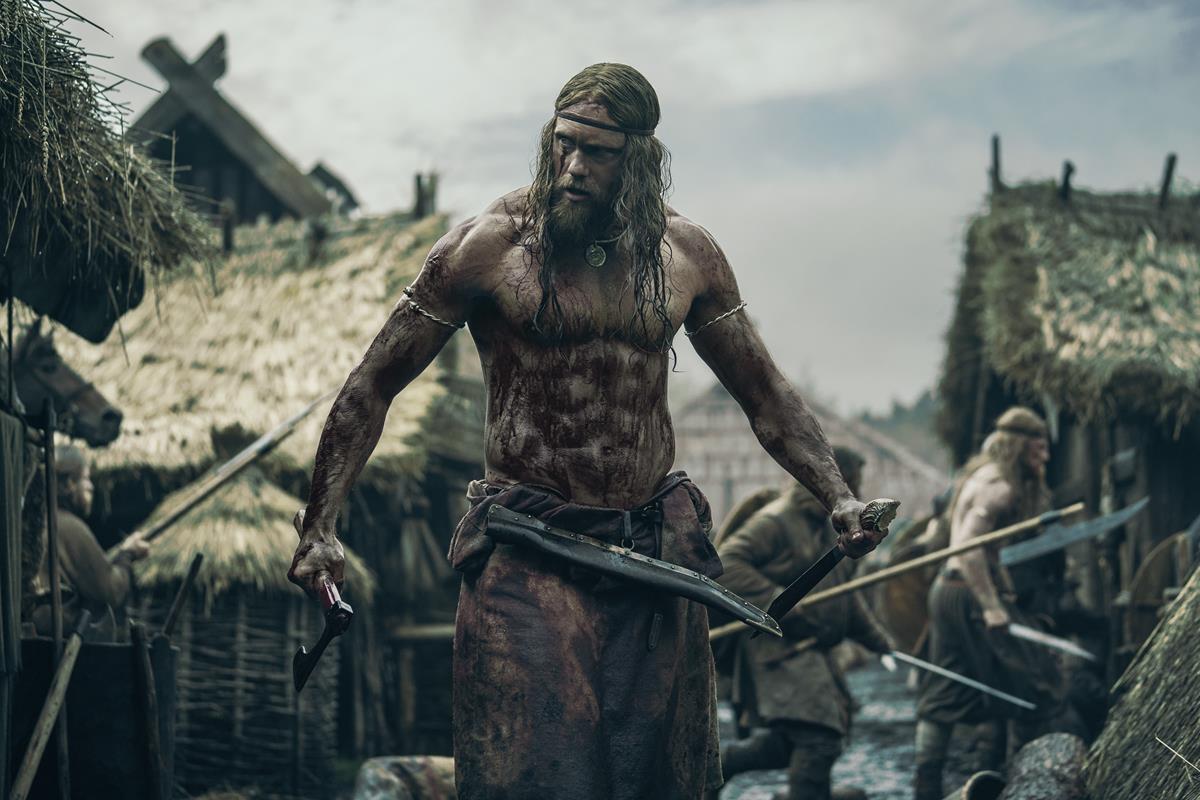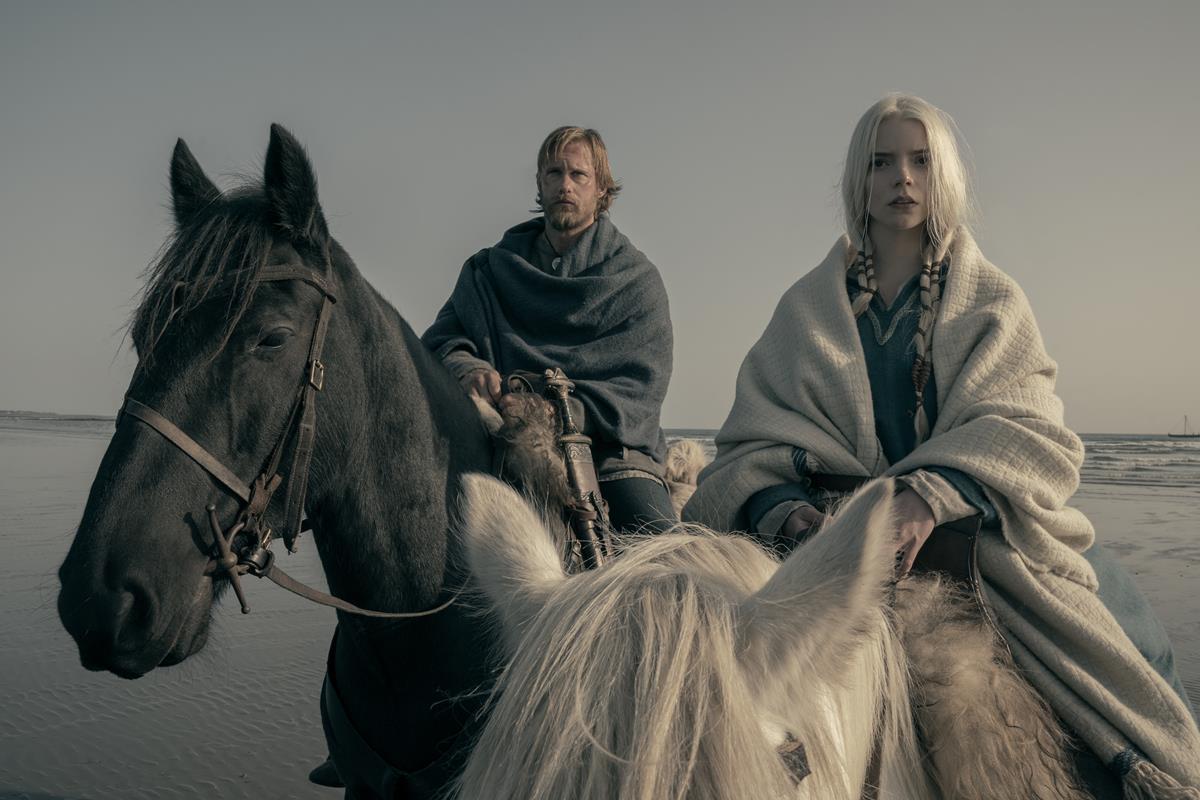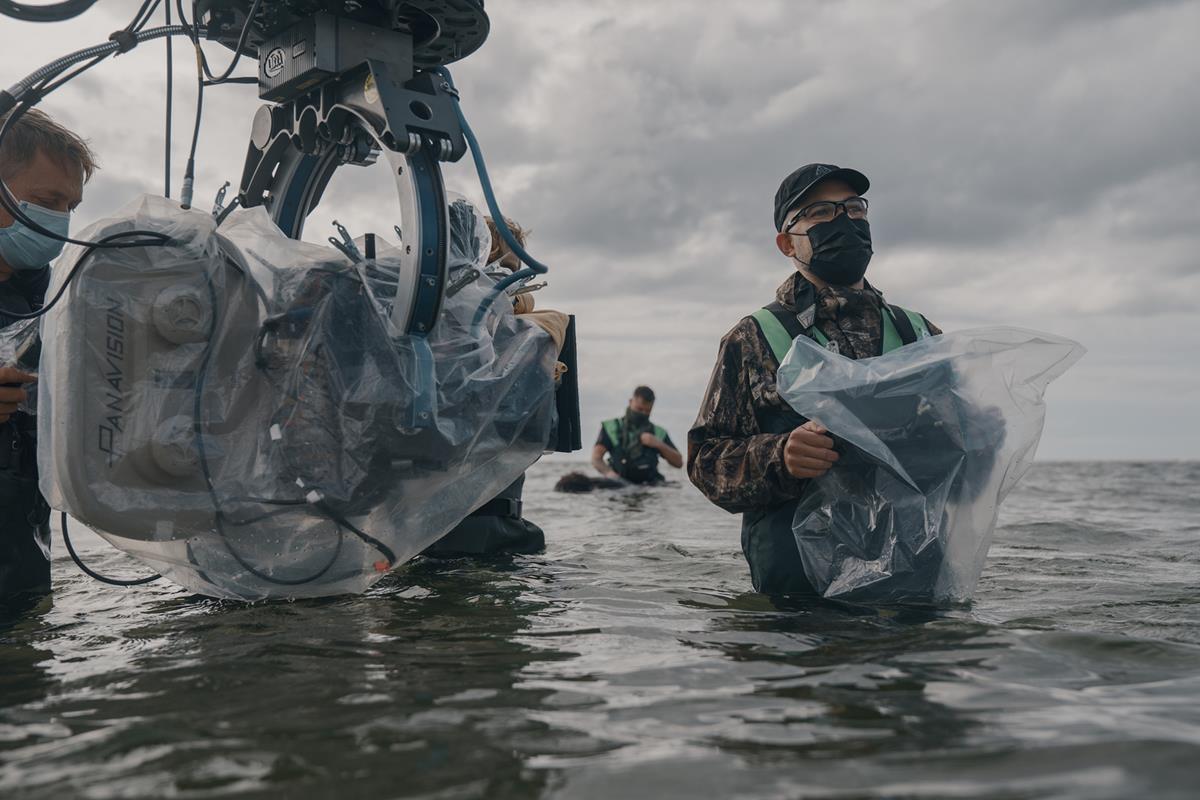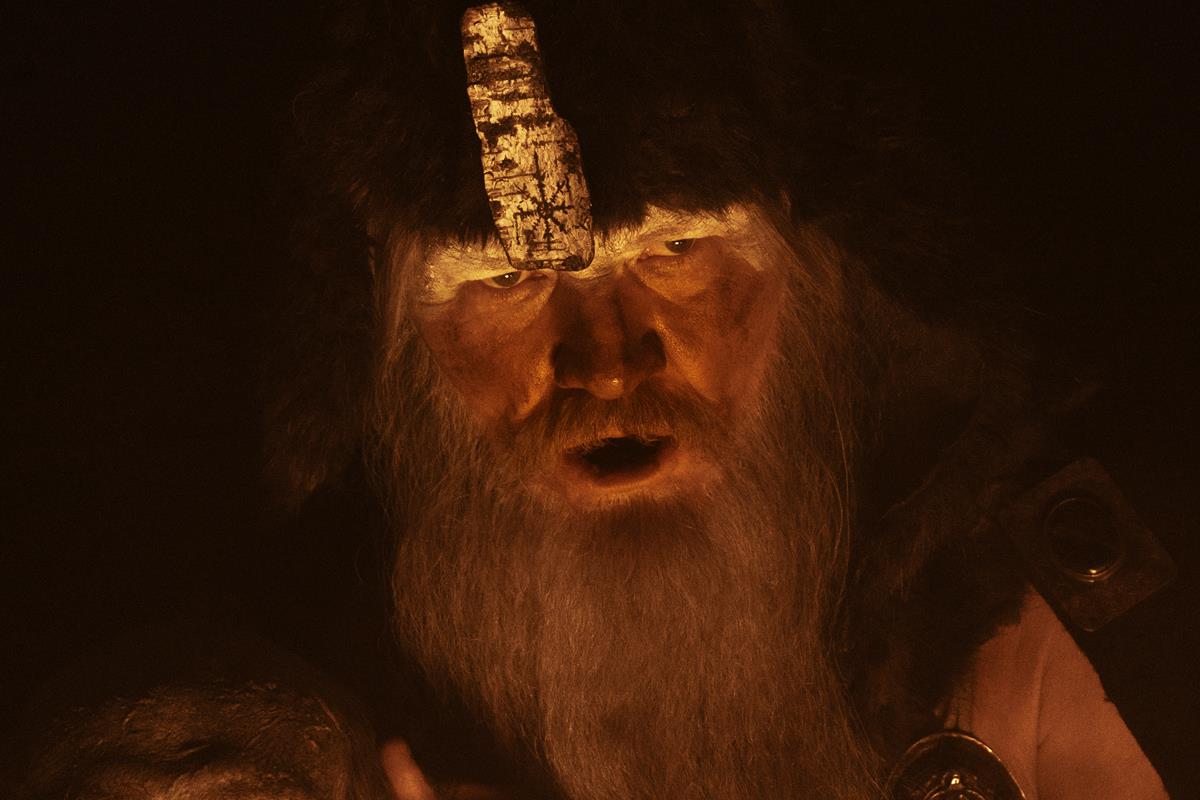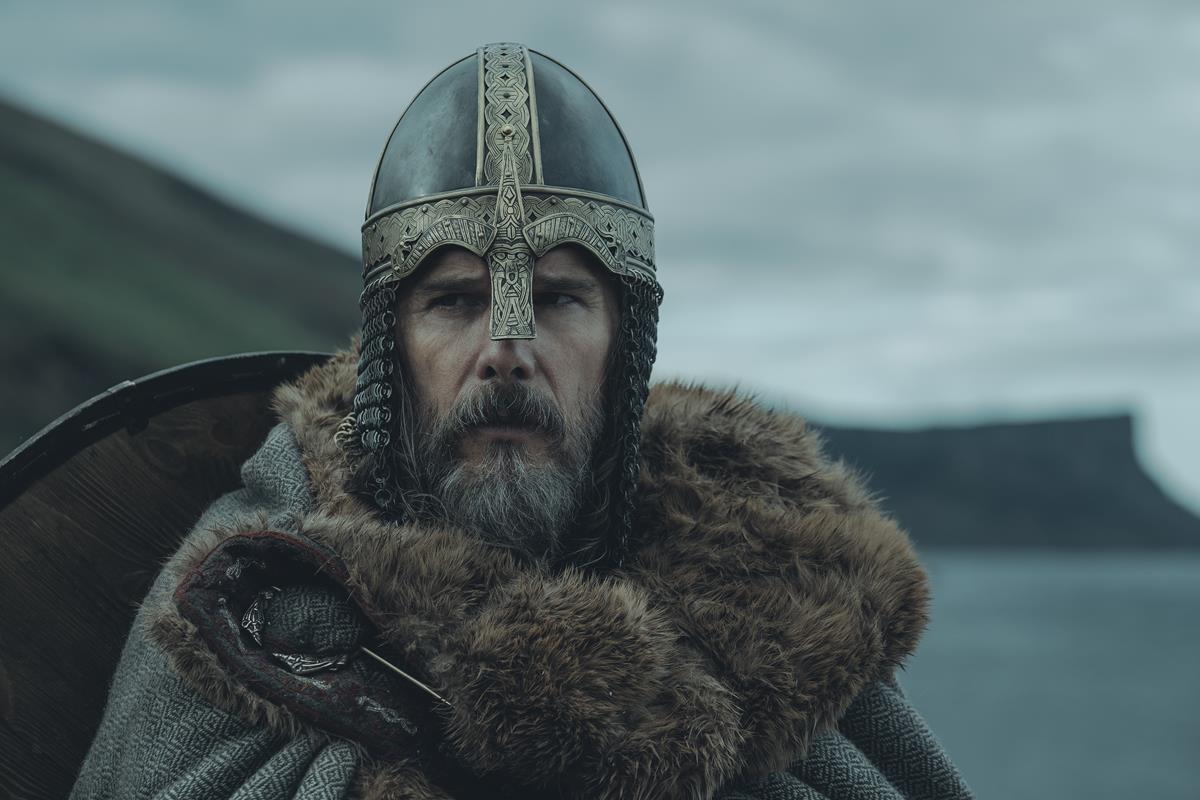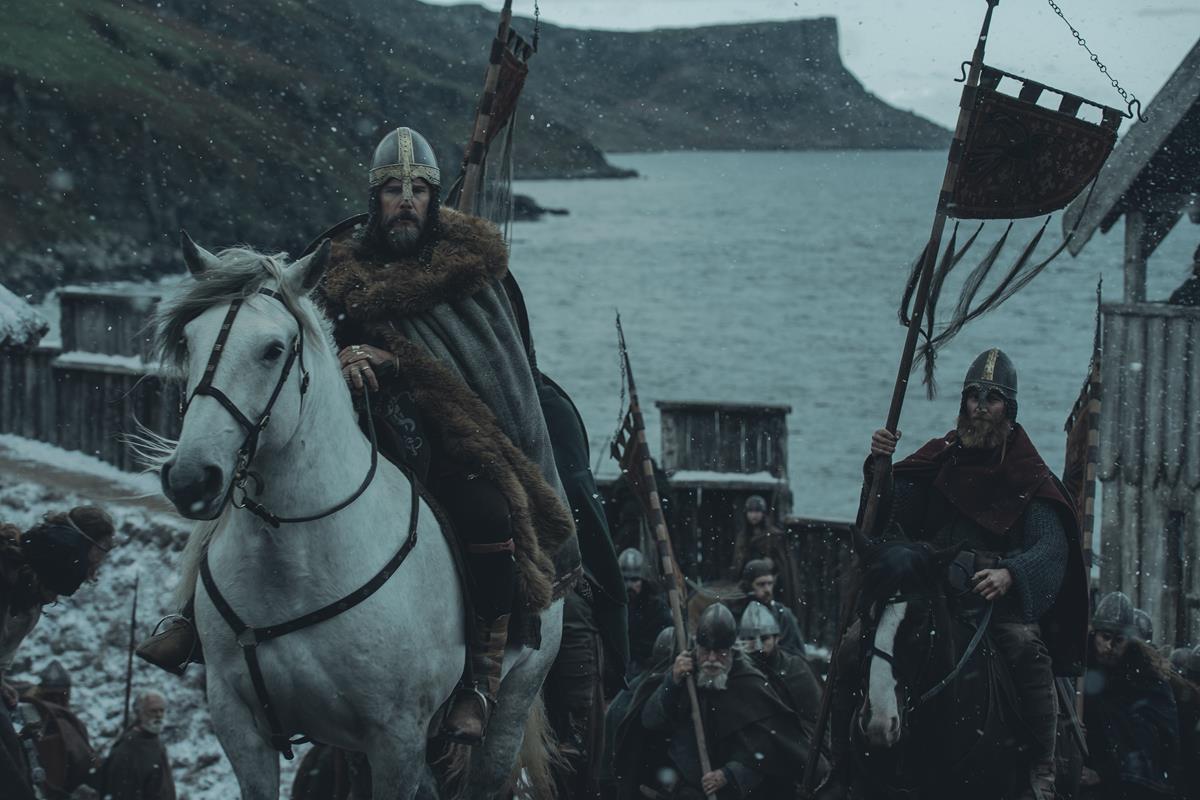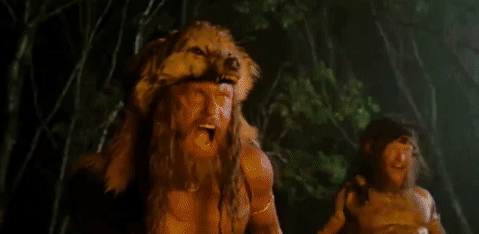
If you’re going to watch The Northman at the cinema this weekend, you are already braced for the ride. Reviews consistently describe the experience as visceral, primal and raw — which is of course just the ticket director Robert Eggers was aiming for.
His own script called for scenes “that should smell of mildew and rot, with human bones sticking out of the mud,” according to an extensive interview in The New Yorker, which tracked the film’s progress during post-production.
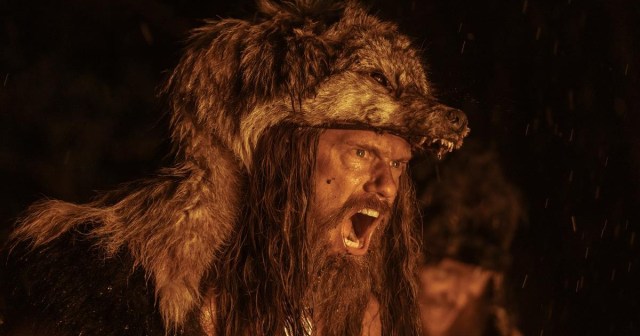
The Guardian judged the $70 million Viking epic as “ambitious” and “preposterous,” a film “that comes on like a head-smashing mashup of Beowulf, Hamlet and Nicolas Winding Refn’s Valhalla Rising, told in growly tones that are more Dark Knight than Green Knight.”
Another Guardian writer calls the feature “vast, bonkers and exhilarating,” led by a hulking Alexander Skarsgård as an exiled Icelandic prince out to avenge his father’s murder and reclaim his kingdom.
But this is not a revenge movie in the mold of Gladiator or Braveheart, which Eggers admits he could never make if he tried.
“My best intention of doing Gladiator or Braveheart is still… weirder,” he said to The New Yorker’s Sam Knight.
Eggers wrote the script with Sjón, an Icelandic novelist and poet, to whom he was introduced by Bjork, who has a cameo in the film alongside stars Skarsgård and Anya Taylor-Joy, alongside Ethan Hawke, Nicole Kidman, Claes Bang and Willem Dafoe.
Speaking with Charles Bramesco at Little White Lies, the filmmaker himself says, “this is in some respects me trying to do Conan the Barbarian by way of Andrei Rublev,” by which he means a battle with himself to make “the definitive Viking movie” — while not pandering to the nihilistic violence that appeals to those with right wing sensibilities.
READ MORE: Robert Eggers: ‘This is me trying to do Conan the Barbarian by way of Andrei Rublev’ (Little White Lies)
“I can’t believe I made something that insanely macho,” he told Nick Chen at Dazed. “Sometimes the violence needs to be thrilling because that’s the source material and worldview of Viking culture. Also, it needs to perform like Gladiator at the box office. But I don’t want to glorify violence as a filmmaker. How do I walk that line? I don’t know.”

READ MORE: ‘The most painful experience of my life’: Robert Eggers on The Northman (Dazed)
The trade press has been obsessed with another battle, too, this time of the auteur against the studio. Eggers’ previous two movies were critically well received, his debut The Witch, made $40 million on an indie budget. That attracted New Regency to invest heavily in the project, with Focus Features distributing in the US, and a degree of attention to his vision that he was both eyes-open about but is still unwilling to compromise on — much.

That included working with his regular set of core collaborators, including editor Louise Ford and cinematographer Jarin Blaschke, whose “frostbitten cinematography allows the film to flatten mud-and-shit history into the stuff of ‘Elden Ring’ high fantasy until they feel equally true,” according to David Ehrlich’s review in IndieWire.
It meant shooting on 35mm rather than the supposedly cheaper digital and taking an ambitious approach to shooting action scenes with a single camera eschewing second units, handheld cameras and not doing pickups.
“We’re trying to propel the story and keep people totally immersed in the world. That’s the main creative reason,” Eggers told Eric Kohn at IndieWire.
“Also, my fetish or obsession with the detail of verisimilitude of the physical world is something that cannot be a distraction from the story. If it’s a single-camera, then you’re always focused on the story. You’re not cutting away to how cool the hunting dogs look.
“But it is hard. When we were in prep, I was like, ‘We are never going be able to do this. We are never going to be able to finish storyboarding this movie, we’re going to get completely behind, and we’re going to fail.’ I know why people shoot movies like this multi-camera because this is just impossible. But we stuck to it.”
To a large extent the studio indulged Eggers’s idiosyncrasies, resulting “in a textured aesthetic and a hurtling, immersive perspective that you rarely see in today’s carefully vetted, committee-made action movies,” Guy Lodge notes in The Guardian. “It’s anathema to mainstream studios with an eye on the clock and a hand on the purse strings.”
READ MORE: The Northman director Robert Eggers: ‘I’m shocked I made such a macho movie’ (The Guardian)
The long takes brought their own challenges in the edit since Ford was left with very little spare footage or flexibility that might get them out of a jam — or a tough set of studio notes — later on.
“Like, there’s not a lot of alternatives,” Eggers told The New Yorker. “The stakes are really high, and without, you know, ‘coverage,’” he said, using air quotes.
To The Guardian he added, “I hadn’t had to do test screenings before. My first two films were all tested for marketing, but I didn’t have to change anything. So this was new, and as much as I didn’t like that process, I did learn something from it.”
IndieWire’s Ehrlich noted that Eggers “is so focused on the emotional fidelity of [the film] that he seems afraid of making any concessions to melodrama. He seems afraid of leaving any openings that a studio might have been able to exploit in order to manufacture a certain audience response.”
READ MORE: ‘The Northman’ Review: Robert Eggers’ Viking Epic Goes So Hard You’ll Feel Like You’ve Died and Gone to Valhalla (IndieWire)
The director handed the studio the final cut, and is candid that was a risk he was willing to take.
“The studio took a big risk on letting somebody made two sensationalist arthouse movies to make a big fucking Viking movie single-camera with all of his heads of departments,” he told Kohn. “Frankly, our resumes did not warrant us making this movie, and they let us do it, which is amazing. I promised them the most entertaining Robert Eggers movie I could make.”
Speaking with The New Yorker, Eggers had stated that post-production on the film “was the most painful process of my life,” which he clarified further with IndieWire.
“I think if I’d had total control and was left alone, I’d be in a really bad position right now in the marketplace. I needed the pressure of the studio to make the most entertaining version of this movie. This is the cut I’m proud of, but my instinct is not to make entertainment. I mean, entertainment was seventh on the list of The Witch and fifteenth on The Lighthouse.
LIGHTS, CAMERA, ACTION! SPOTLIGHT ON FILM PRODUCTION:
From the latest advances in virtual production to shooting the perfect oner, filmmakers are continuing to push creative boundaries. Packed with insights from top talents, go behind the scenes of feature film production with these hand-curated articles from the NAB Amplify archives:
- Savage Beauty: Jane Campion Understands “The Power of the Dog”
- Dashboard Confessional: Ryusuke Hamaguchi’s “Drive My Car”
- “Parallel Mothers:” How Pedro Almodóvar Heralds the New Spanish Family
- “The Souvenir Part II:” Portrait of the Artist As a Young Woman
- Life Is a Mess But That’s the Point: Making “The Worst Person in the World”
He added, “If I slavishly took the studio’s notes, the film would suck, because they’re not filmmakers. That’s why they hire filmmakers to make the films. But I think how we survived is that [myself] and all of my collaborators [were] determined to make the film we wanted to, and we were not going to stop until we were proud of it. It would’ve been so easy to say, “Fuck the studio, they’re giving me all these notes, I hate this! They’re ruining my movie!” That’s the easy way out. What made it so hard was to stick with it until we were happy.”
READ MORE: Robert Eggers on ‘The Northman’ Viking Accuracy, Casting Björk, and Studio Notes (IndieWire)
He is on record as being in the frame for big budget studio projects, telling The New Yorker he’d like “to make a film this big. I’d like to make one even bigger. But, without control, I don’t know. It’s too hard on my person.”
Eggers might be seen by Kevin Feige as another in the line of indie directors who lend fresh eyes to a Marvel film.
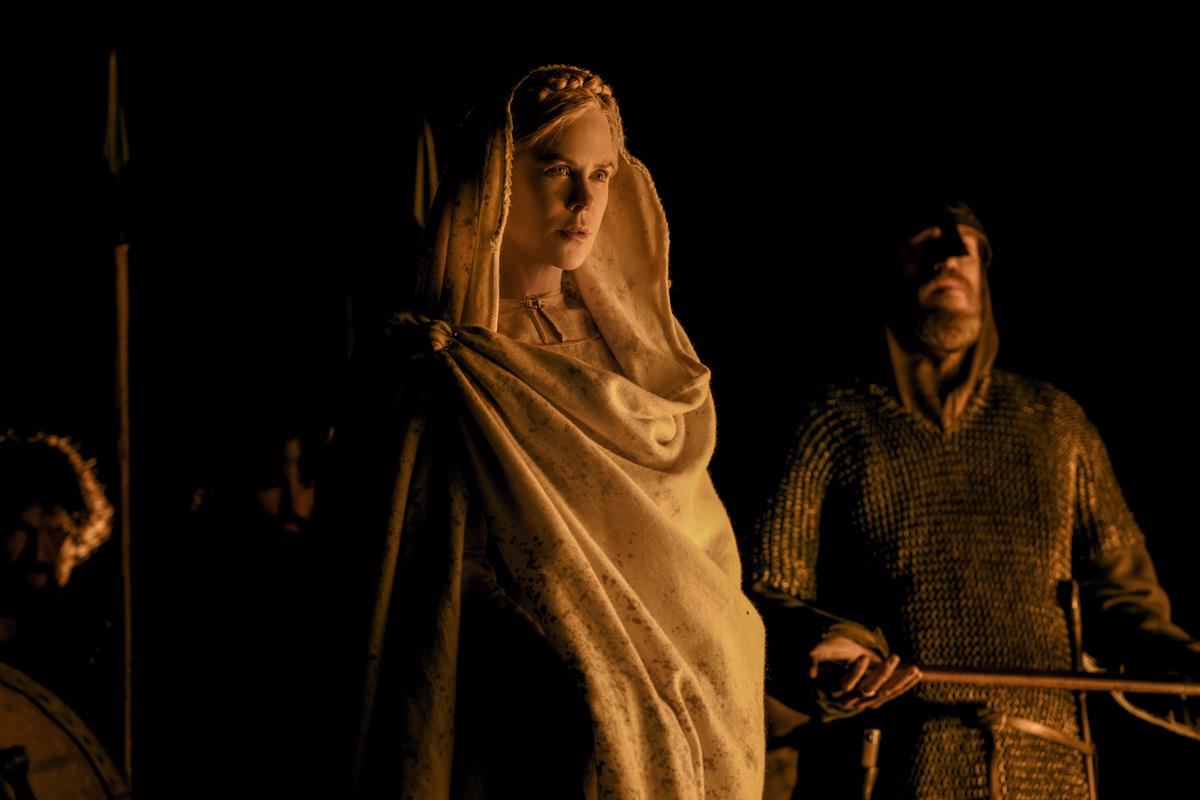
Eggers’ response, “I’ve only done self-generated work. I understand how fortunate I am to be in that situation. Even though I didn’t have final cut, we went into this knowing it was a Robert Eggers movie, and all of what that’s going to be. I don’t see how that could be beneficial on a movie where I’m a director for hire. Everything I’m at doing is antithetical to making a Marvel movie.”
READ MORE: Robert Eggers’s Historical Visions Go Mainstream (The New Yorker)
Want more? In the video below, director Robert Eggers and Alexander Skarsgård break down the scene showing Amleth’s return as a Viking:
Or listen to the two discuss how fate brought them together, Egger’s thoughts on masculinity, how much the film changed during production, and more in this interview with CinemaBlend:
In a Q&A with Picturehouse, Eggers discusses his reasons for not liking Vikings, why he didn’t want to make a Viking film, and how the Icelandic landscapes and legends eventually won him over:
Eggers breaks down a pivotal sequence featuring a battle against the undead in The New York Times series, Anatomy of a Scene, noting how the shots in the moonlight looked “almost black and white, to the point where I wonder if my DP and I made a mistake.”
These moments were based on the time Eggers’s longtime collaborator, director of photography Jarin Blaschke, spent in remote parts of Africa, far from any light pollution. The visuals were enhanced with the addition of an ashen color to the clothing and sets.
The scene was shot in long, unbroken takes in a vertically roomy space to accommodate the six-foot-four Alexander Skarsgård and seven-foot-one Ian Whyte. This approach allowed audiences to be “more immersed in the fight,” Eggers says. “And it’s also easier to follow each beat of the fight as a story.”


